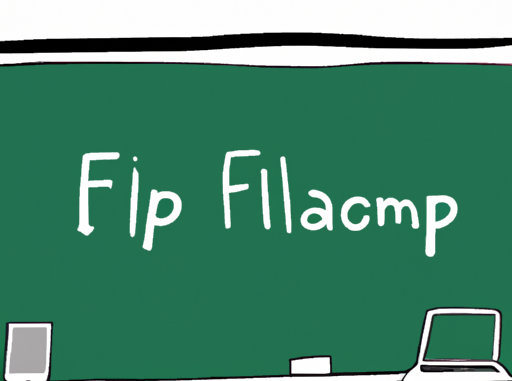
The “flipped classroom” model is an innovative instructional strategy that has gained popularity in educational settings around the world. This approach inverts the traditional learning environment by delivering instructional content, often online, outside of the classroom. This model reallocates class time for activities that facilitate active learning, such as problem-solving, discussions, and hands-on projects. The core idea is that by moving the initial acquisition of knowledge outside of class, students can engage more deeply with the material during class time where they have access to the teacher’s guidance and peers’ insights.
In a flipped classroom, students typically access lectures and other instructional materials through videos, readings, or interactive modules before attending class. This pre-class preparation allows them to familiarize themselves with new concepts at their own pace, giving them the opportunity to pause, rewind, or review content as needed. Consequently, this approach can accommodate various learning styles and paces, providing a more personalized learning experience. By engaging with the material beforehand, students can come to class prepared to apply their knowledge, ask questions, and participate in collaborative activities that reinforce learning.
Research has shown that flipped classrooms can lead to improved academic performance and student engagement. By shifting the focus from passive reception of information to active engagement with content, students can develop critical thinking and problem-solving skills more effectively. Furthermore, the flipped model encourages more meaningful interactions between students and teachers, as educators can spend more time addressing individual or group needs rather than delivering lectures. Despite these benefits, the flipped classroom model also presents challenges, such as the need for students to have reliable access to technology and the necessity for teachers to carefully plan and facilitate engaging in-class activities. Nonetheless, when implemented thoughtfully, the flipped classroom can offer a dynamic and effective learning environment that fosters deeper understanding and mastery of subject matter.
PhDr. Pavel Bartoš, LL.M., DBA (Evropská akademie vzdělávání / European Academy of education)
Leave a Reply